Dried vegetables, also known as dehydrated vegetables, are vegetables that have undergone a drying process to remove the majority of their water content. This dehydration process significantly extends the shelf life of vegetables while retaining much of their original flavor, color, nutritional content, and structure. Dried vegetables are widely used in home cooking, food manufacturing, camping meals, military rations, and emergency supplies. They are valued for their portability, long-term storability, and ease of use.
What Exactly Are Dried Vegetables?
Dried vegetables are the result of removing moisture from fresh vegetables using controlled drying techniques. The primary purpose of drying is to prevent microbial growth and enzymatic activity that cause spoilage. Removing water halts these processes and allows the vegetables to be preserved for long periods without refrigeration.
The drying process reduces the weight and size of vegetables, making them easy to transport and store. Despite being dry, these vegetables can be rehydrated and used in cooking in a manner similar to fresh produce.
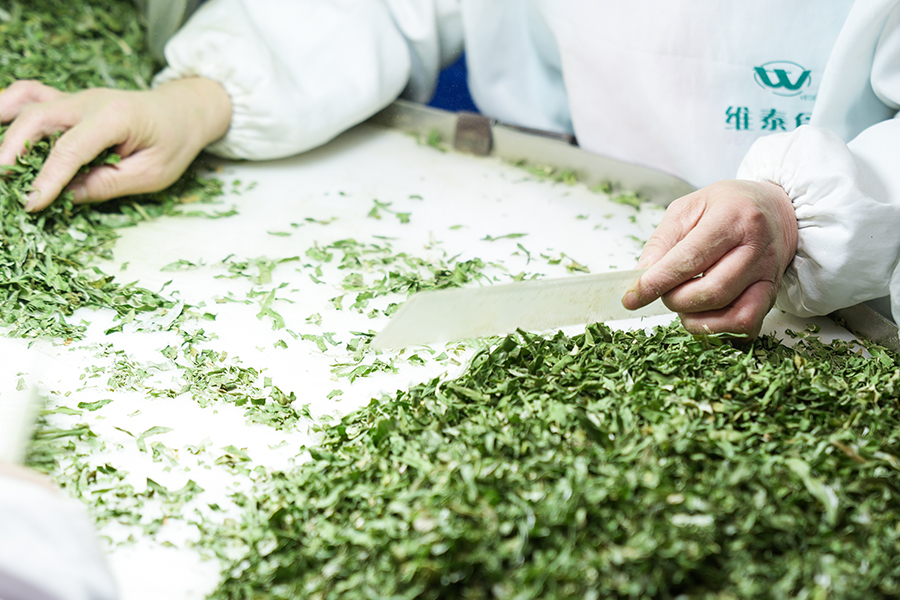
Drying Methods for Vegetables
Different drying methods are used to create dried vegetables, and each method affects the texture, nutritional content, and flavor profile differently. The most common methods include:
| Drying Method | Description | Pros | Cons |
| Air Drying | Circulates warm air over vegetables to evaporate moisture. | Simple, cost-effective, suitable for many vegetables. | May not fully preserve delicate flavors or nutrients. |
| Sun Drying | Uses natural sunlight for drying. | Low-cost, eco-friendly. | Weather-dependent, slow, risk of contamination. |
| Freeze Drying | Freezes vegetables and then removes moisture by sublimation. | Excellent nutrient retention, long shelf life. | Expensive, requires specialized equipment. |
| Vacuum Drying | Low-temperature drying under reduced pressure. | Retains nutrients and color well. | Higher cost, not suitable for all vegetables. |
| Drum or Spray Drying | Often used for turning vegetables into powders or flakes. | Fast, scalable for industrial use. | Texture and structure usually lost. |
Each method is chosen based on the type of vegetable, the desired end use, and production cost considerations.
Characteristics of Dried Vegetables
Dried vegetables are different from their fresh counterparts in several key ways. These differences are primarily the result of the dehydration process and include:
| Characteristic | Dried Vegetables | Fresh Vegetables |
| Water Content | Typically below 10% | 80%–95% depending on vegetable |
| Shelf Life | 6 months to 2+ years (when stored properly) | Several days to weeks |
| Storage Requirement | Cool, dry place in sealed packaging | Refrigeration required |
| Weight and Volume | Lightweight, compact | Heavier, bulkier |
| Preparation Time | May require soaking or cooking | Ready for use (wash and cut) |
| Cost Efficiency | Lower cost per use over time | More expensive, especially out of season |
Common Types of Dried Vegetables
Almost any vegetable can be dried, but some lend themselves better to dehydration and rehydration due to their composition and structure. Below are commonly dried vegetables categorized by type:
| Vegetable Category | Examples | Common Uses |
| Leafy Greens | Spinach, kale, parsley, celery leaves | Soups, sauces, smoothies, green powders |
| Root Vegetables | Carrots, beets, potatoes, parsnips | Stews, rice mixes, emergency rations |
| Nightshades | Tomatoes, bell peppers, chili peppers | Pasta dishes, pizzas, seasoning blends |
| Alliums | Onions, garlic, scallions, leeks | Flavoring base for most savory recipes |
| Cruciferous | Broccoli, cabbage, cauliflower | Soups, casseroles, stir-fries |
| Squash Family | Zucchini, pumpkin, butternut squash | Baking, one-pot meals, dried veggie chips |
| Pods and Seeds | Green beans, peas, corn | Trail mixes, instant meals, ready-to-eat packs |
| Mushrooms | Shiitake, button, oyster | Broths, noodle dishes, risottos |
Each of these vegetables is processed differently, with some requiring blanching before drying to preserve color and texture.
Nutritional Value of Dried Vegetables
Dried vegetables retain much of the nutritional content found in their fresh counterparts. While some nutrients degrade slightly during the drying process—particularly heat- and water-sensitive vitamins like vitamin C—other nutrients such as fiber, minerals, and some antioxidants remain well-preserved.
| Nutrient Category | Retention in Dried Vegetables | Notes |
| Fiber | Retained fully | Aids digestion, promotes satiety |
| Carbohydrates | Retained fully | Provide energy, often become more concentrated |
| Protein | Retained | Particularly relevant for legumes and peas |
| Vitamins | Partial retention | Vitamin A and E are stable; vitamin C is reduced |
| Minerals | Largely retained | Includes potassium, calcium, iron, magnesium |
| Antioxidants | Varies | Polyphenols may be preserved depending on method |
Because the vegetables are concentrated in volume, the nutritional density per gram is often higher than fresh vegetables.
Advantages Over Fresh Vegetables
Dried vegetables offer several practical and nutritional advantages when compared to fresh produce, especially when considering long-term storage, transportation, and usage flexibility.
| Advantage | Explanation |
| Long Shelf Life | Dried vegetables last significantly longer, making them ideal for stockpiling. |
| Convenience | No washing or cutting needed; ready to use or rehydrate. |
| Portability | Lightweight and compact, suitable for travel or backpacking. |
| Seasonal Independence | Enables consumption of seasonal vegetables year-round. |
| Minimal Waste | Reduces spoilage, and portions can be used as needed. |
| Cost Effective | Bulk dried vegetables are more economical over time. |
| Versatile Usage | Can be used in a wide variety of dishes and formats. |
These advantages make dried vegetables popular not just for individual consumers, but also for food service providers, humanitarian aid organizations, and outdoor adventurers.
How to Use Dried Vegetables in Cooking
Using dried vegetables is simple and flexible. They can either be rehydrated before use or cooked directly into recipes that contain enough liquid. Here are some common preparation methods:
Rehydration Instructions
| Step | Description |
| Soaking in Water | Place dried vegetables in warm or hot water for 10–30 minutes. |
| Simmering | Boil vegetables in water or broth for 5–15 minutes. |
| Steeping | Add directly to dishes like soups, stews, or rice while cooking. |
Culinary Applications
Soups and Stews: Add dried carrots, peas, leeks, and spinach directly into the pot.
Pasta and Rice Dishes: Rehydrate vegetables separately or simmer with grains during cooking.
Instant Meals: Combine with noodles, spices, and broth for a quick meal.
Baking: Use dried zucchini or pumpkin in muffins and bread.
Seasoning Powders: Grind dried tomatoes, onions, or celery into fine powders for condiments.
Smoothies: Add powdered leafy greens for nutrient boosts.
Best Vegetables for Dehydration
While most vegetables can be dried, some are particularly well-suited for dehydration due to their structure, flavor retention, and ease of preparation. The table below outlines top choices:
| Vegetable | Why It Works Well | Suggested Use Cases |
| Carrots | Sweet flavor, retains color | Soups, rice dishes, stews |
| Tomatoes | Concentrated flavor | Pasta sauces, salads, bread toppings |
| Onions | Strong flavor, dries quickly | Seasonings, stews, sauces |
| Bell Peppers | Sweetness remains, easy to rehydrate | Omelets, noodles, trail mixes |
| Spinach | Shrinks well, nutrient-dense | Powders, soups, baked dishes |
| Mushrooms | Great texture when rehydrated | Broths, risottos, ramen |
| Zucchini | Mild flavor, quick drying | Chips, casseroles, bread |
| Green Beans | Holds shape, mild flavor | Stir-fries, rice dishes, sides |
| Peas | Small, easy to rehydrate | Soups, grain bowls, casseroles |
These vegetables maintain appealing textures and taste profiles after drying and rehydration, making them ideal for both commercial and home dehydration.
Storage Tips for Maximum Shelf Life
To preserve the quality and safety of dried vegetables, proper storage is essential. The following practices are recommended:
| Storage Condition | Best Practice |
| Container Type | Use airtight containers such as glass jars, Mylar bags, or vacuum-sealed pouches. |
| Environment | Store in a cool (below 25°C), dry, dark place to prevent degradation. |
| Oxygen Control | Use oxygen absorbers in sealed packaging to prevent oxidation. |
| Humidity Control | Keep moisture away; use desiccant packs in long-term storage. |
| Labeling and Rotation | Label with the drying date and use the oldest stock first. |
When properly stored, dried vegetables can retain their quality for over two years.
Conclusion
Dried vegetables are a practical, nutritious, and economical way to enjoy the benefits of vegetables year-round. Whether used in everyday cooking or reserved for emergency situations, they offer unmatched shelf life, ease of use, and versatility. With minimal storage requirements and broad culinary applications, dried vegetables are a smart addition to any pantry.
Understanding what dried vegetables are, how they’re produced, their nutritional value, and how best to use and store them empowers consumers to make better food choices and reduce waste. As global interest in sustainable and efficient food systems grows, dried vegetables stand out as a time-tested and forward-thinking solution.

 English
English 中文简体
中文简体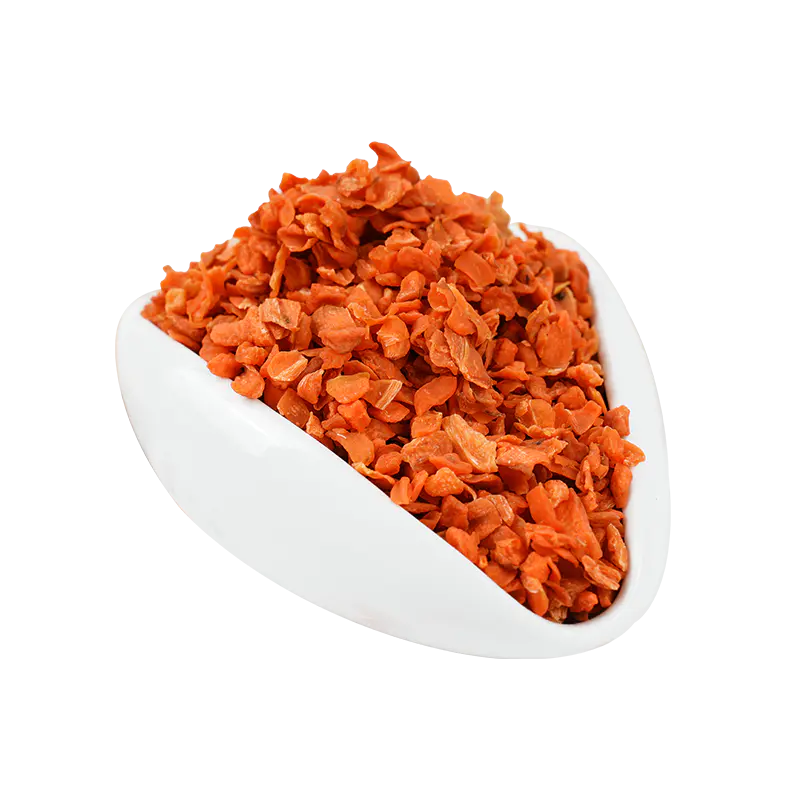
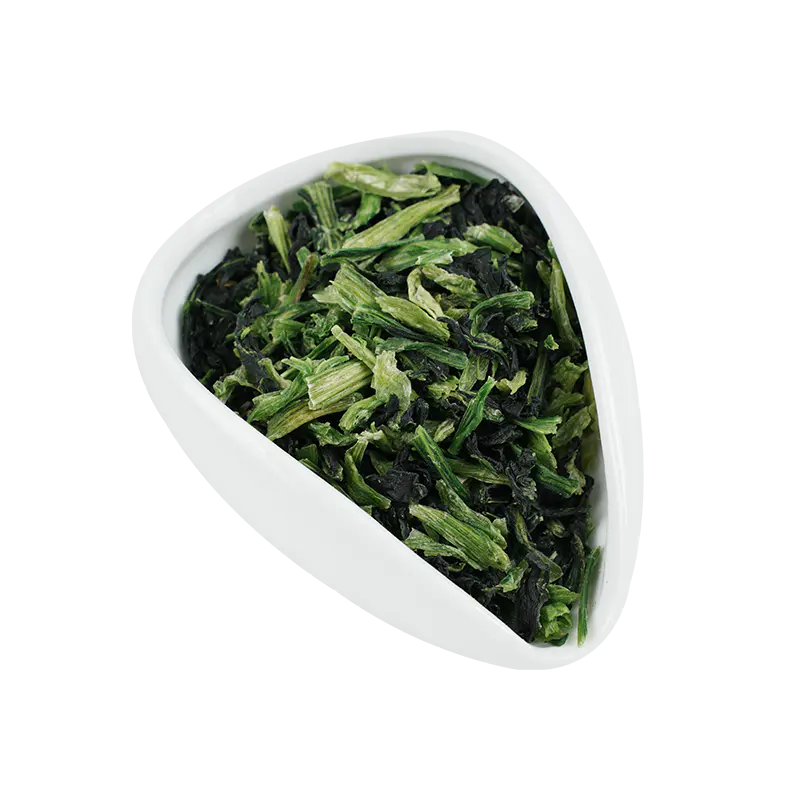
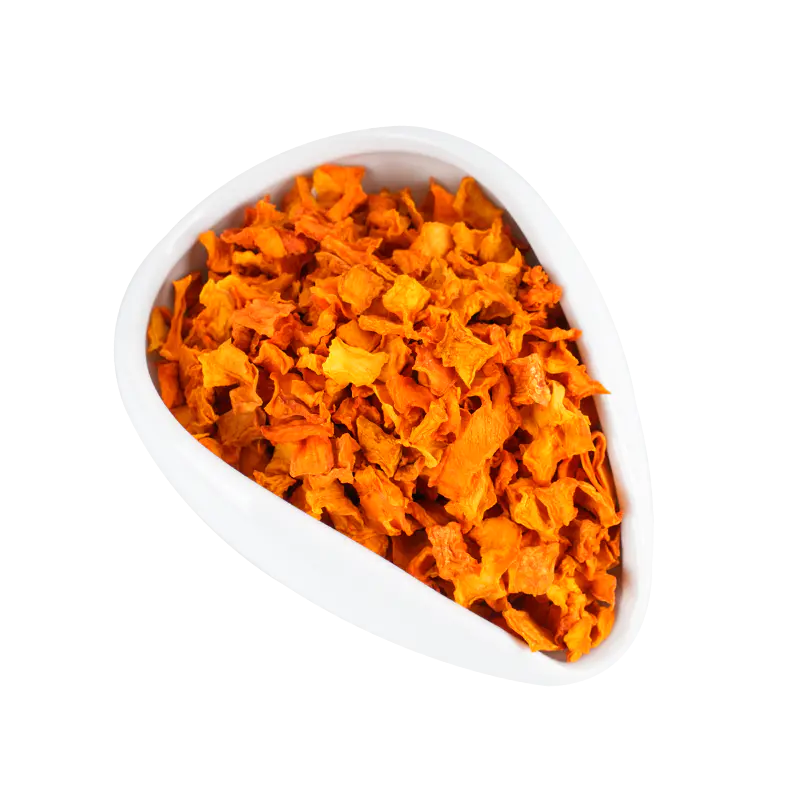
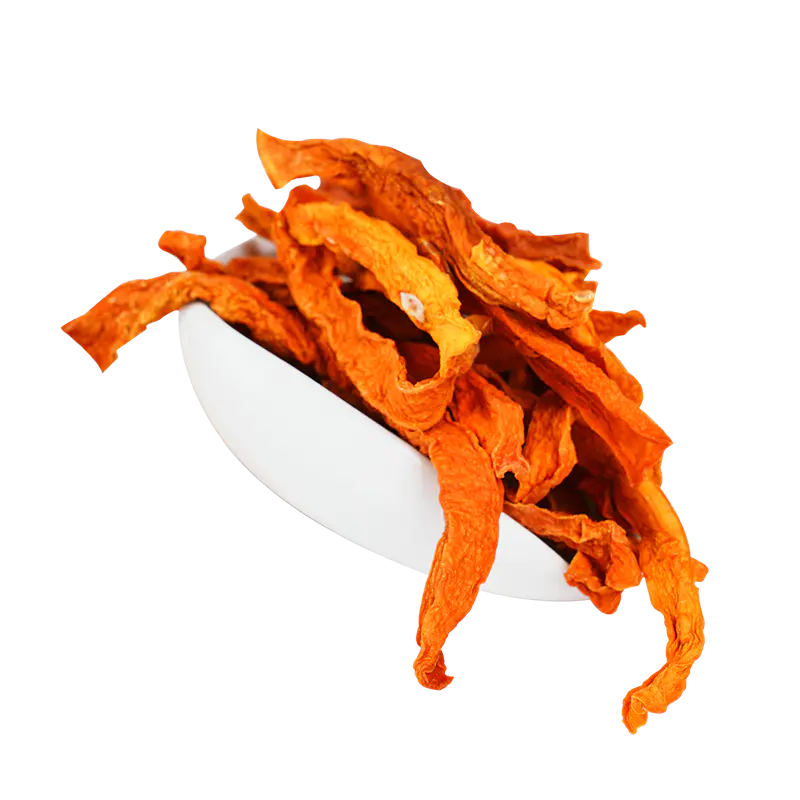


 Xinqian Village (Dehydrated Fruit and Vegetable Industrial Park), Duotian Street, Xinghua City, Taizhou City, Jiangsu Province, China
Xinqian Village (Dehydrated Fruit and Vegetable Industrial Park), Duotian Street, Xinghua City, Taizhou City, Jiangsu Province, China +86-13852647168
+86-13852647168
